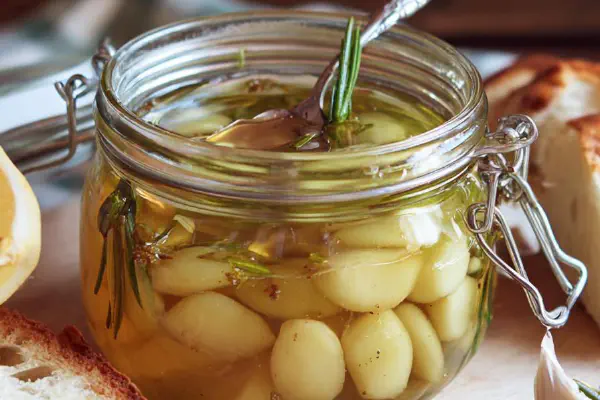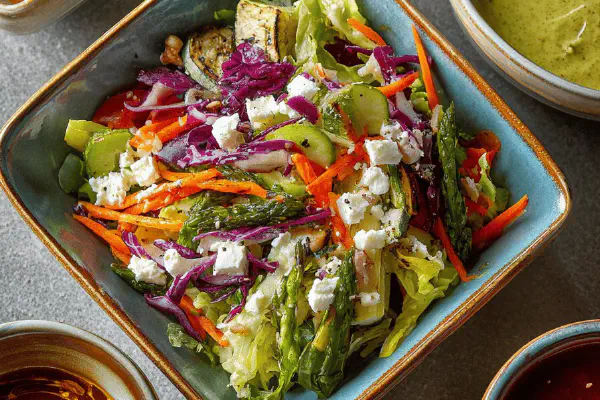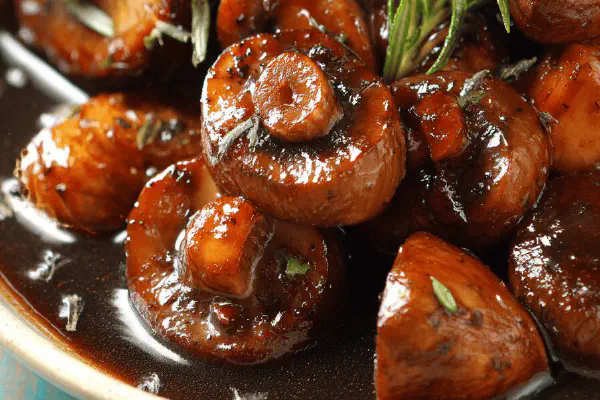Featured Recipe
Twisted Beurre Blanc

By Kate
"
A tangy butter sauce with a twist of apple cider vinegar and shallots roasted for depth. Gradual butter incorporation over gentle heat, yielding a creamy, silky finish. Variations in acidity and subtle aromatics. Adaptable for fish, shellfish or roasted vegetables. Technique driven with warnings on temperature and separation risks.
"
Prep:
10 min
Cook:
20 min
Total:
30 min
Serves:
4 servings
French cuisine
butter sauces
culinary techniques
Introduction
Butter sauce, classic beurre blanc style. Starts with acidity reduction — wine, vinegar plus shallots. But roasted shallots bring caramel depth. You need to watch reduction times carefully: too quick, you lose flavor complexity; too slow, you risk burning solids. Butter piece-by-piece into warm, not boiling liquid. Temperature control—non negotiable. Slow whisking to coax emulsification. Start with cold diced butter to prevent sauce breakage—don’t dump hot cubes all at once. Adding herbs last keeps bright punch without overshadowing the sauce. Silent kitchen symphony — gentle simmer, whisk rhythm, buttery napkins on fish. Forget exact times; read texture, sheen, mouthfeel. Thickened, glowing, luxe, with citrus pop from lemon zest. Done right, it holds and recovers easily if it tempers off heat. Not foolproof but worth the attention.
Ingredients
About the ingredients
Wine reduction is foundation: dry white wine you cook down intensifies flavor and acidity. Apple cider vinegar stands in for classic white wine vinegar here, giving fruity tang, less harsh but assertive enough. Roasting shallots mellows harsh onion bite and creates deeper aroma, be careful not to char or burn—brown caramelization is different. Butter choice affects final mouthfeel. European or cultured butters have higher fat - silkier sauce. Keep butter cold and dice into small cubes for consistent melting and better control. Use fresh cracked black pepper for its progressive heat and texture. Lemon zest brightens without overpowering. Optional fresh tarragon adds herbal complexity paired well with seafood but omit if favoring pure simplicity.
Method
Technique Tips
Start with roasting shallot whole over medium heat dry pan until translucent and lightly browned — 5 to 7 minutes. Watch carefully, no black edges, just softened, aromatic bits. Combine with wine and vinegar, bring to gentle boil then low simmer. Reduce to about two tablespoons volume, swirl pan, do not stir aggressively. Strain if you want clean sauce, pressing shallot to extract essence. Return to stove on very low heat. Off heat during butter addition to avoid overheating. Butter cubes go in one or two at a time, whisking constantly to integrate completely before adding more. Sauce must never boil after butter addition. If buttery bits refuse to blend, lower heat or break can be fixed by whisking in cold water drops or starting over with cooler butter. Final touch: stir in lemon zest and optional tarragon right at end—adds lift and herbal freshness. Keep warm over very low burner, or briefly rewarm with care if cooled down.
Chef's Notes
- 💡 Watch shallots carefully when roasting. Overdo it, you get bitterness instead of depth. A dry pan, medium heat. No oil. Gently toast; aim for translucent.
- 💡 Use a fine sieve for straining, especially if you want clarity. Press shallots. This gives you concentrated flavor without textures you don't want. Straining matters.
- 💡 Control temperature once butter's in. Too hot, separation becomes a problem. Off heat? Yes, better for butter. Cool cubes in — one at a time. Keep whisking.
- 💡 Acidity balance is huge. Not just about vinegar or wine, it's overall flavor alignment. Too much can overpower. Play around with ratios for your preferred taste.
- 💡 Lemon zest last minute adds brightness. Fresh. Don’t grate too finely. This can overpower the sauce. Just a bit for lift, keep it balanced with heavier elements.
Kitchen Wisdom
How to fix broken sauce?
Start with cold water drops in. Just a spoon at a time, and whisk. Add slowly. If that fails, colder butter might help.
Can I make ahead?
Yes, but not ideal. Keeps in fridge for short time. Rewarm gently. Don't overheat. Too much heat, sauce can break.
Substitutes for wine?
Use broth. Chicken or vegetable gives some depth. White wine vinegar? Adds tang but not the same. Keep balance in mind.
What if it’s too thick?
Thin with a splash of warm water or stock. Blend well after adding. Fix texture. Don’t go overboard though.



